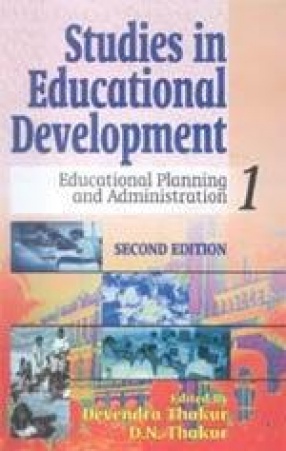
D N Thakur

Showing all 13 books

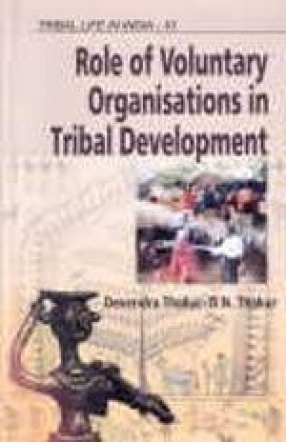

Volume 1: This Volume One deals with Educational Planning and Administration. It studies in detail Education Programme and Planning; Educational Planning; Points for Consideration; Educational Planning for Quality, Sixth Five Year Plan and Annual Plan 1982-83; Educational Planning and the Eighth Plan; New Directions in Educational Planning; How to Plan Education of the Future; First National Conference of IAEPA; A Critical Study of the Communication Patterns ...
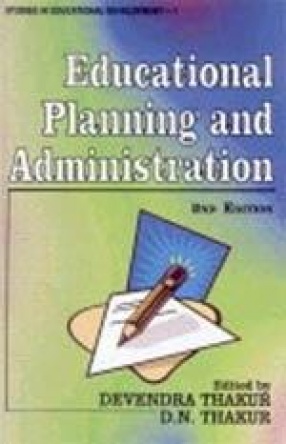
This outstanding book will be of great use to all educational institutions education planners and administrators, and to students, scholars and teachers of education.

The book contains twenty-two articles dealing with New Education Policy, the current trends, policies and strategies. It highlights progress in education since independence and selected issues for implementing New Education Policy.
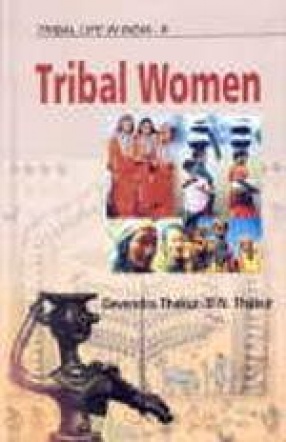
Little attention has been given to the understanding of millions of women dwelling in the villages and tribal areas silently carrying out traditional, domestic and agricultural tasks and unquestioningly adhering to norms that have been espoused for them for many generations. We have to understand these village and tribal women, make them aware of themselves and improve their lot.The tribal women have, particularly played a dominant role in not only in ...
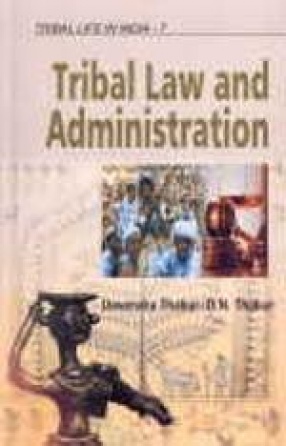
The framers of Indian Constitution, keeping in view the socio-economic backwardness of the tribals, provided special status for their development in independent India. Gradually, many laws have been passed and a separate administrative system has been created in order to bring the tribals in the main stream of our ideal democratic system.This book on tribal law and administration comprises not only the constitutional safeguards and privileges accorded to the ...
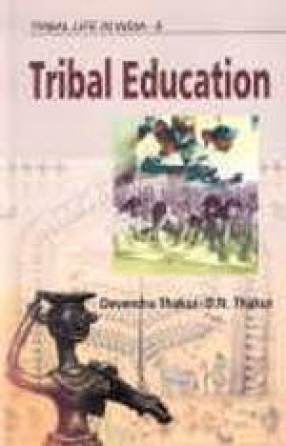
Education is not only a means of development but it is also an end in itself. To be more clear, education leads a man from darkness to light. Explicitly, if we want to bring the tribal people in light, we will have to impart them proper education for their all round development. The government of India has made immense endeavour to educate the tribal people and now there is, at least a primary school in every remote corner of the tribal belts. In this book the ...
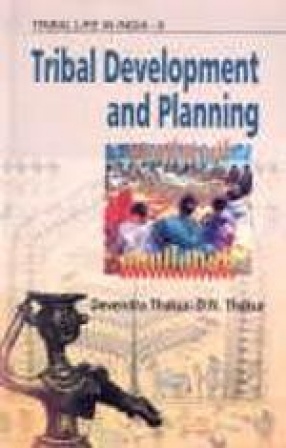
Economic Planning since First Five Year Plan, recommended that a positive policy of assisting the tribals should be formulated in order to develop their natural resources and evolve a productive life which can prevent exploitation by more organised economic forces. In the Second Plan it was emphasised that all welfare programmes should be made in the context of tribal culture after reviewing their psychological and economic problems. In the Third Plan, it was ...

During post-independence period through planning process, special efforts have been made by the government to bring about economic development of tribal people. But inspite of special efforts made during four decades of planning, tribal people have not come at par with other sections of the society. This book aims at examining the role of voluntary and governmental organisations in bringing about economic development so that a comparative view can be presented to ...
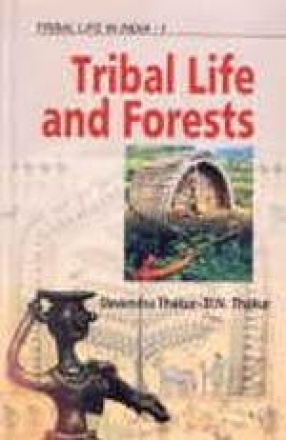
Tribal people being the original inhabitants of India, constitute a significant part of this vast nation. They have been dwelling in the forests surrounded by hills for a long period. Their social structure, their culture and their language are quite different from the general people of India. In course of time, in the post-independence era, a lot of changes have taken place in the tribal areas due to immense endeavours of the government for their socio-economic ...
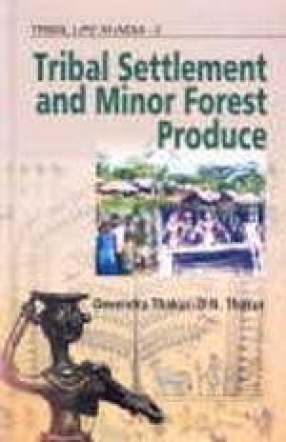
Tribal socio-economic life and forests are co-related terms without which tribal living cannot be imagined. Tribal economy is mostly hand to mouth economy. It is mainly confined to essentials viz.: food, shelter, cloth and herbs. Its social and cultural structure and level has been framed considering forest as base. With changing times and modern development tribals settlements are threatened and the role of jungles in supplying essentials is diminishing. ...
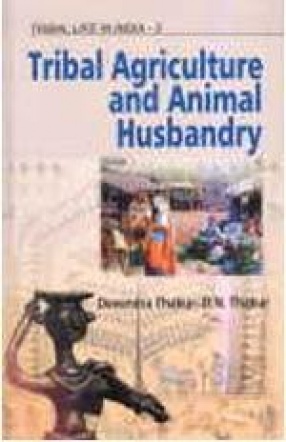
India is primarily the land of agriculture and the tribal people being the original inhabitants of this land are not only closely related to agriculture, but they depend almost totally on cultivation. There are a number of special and religious rituals connected with agriculture which explicitly disclose their emotional relation with land and crops in addition to plants, trees and animals. In ancient times, food gathering and hunting were the chief sources of the ...
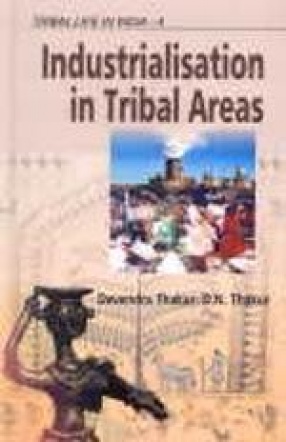
Though industrialisation in the tribal belts started in the pre-independence era, it took a dynamic turn only in the post-independent India when heavy industries like heavy engineering at Ranchi, iron and steel factories at Rourkela, Bhilai, Durgapur etc. were established in the tribal areas. In course of time, the tribal land which was free from environmental problems, is now full of industrial garbage and smoke. In spite of that the tribal people get almost ...
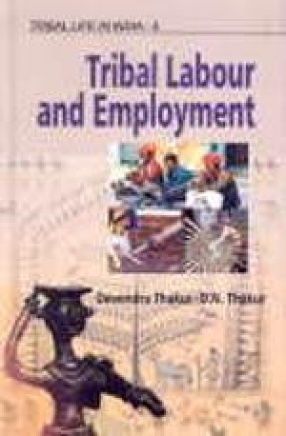
The tribal societies have their own tradition of living. They manage their affairs in their own social structure. Long before, they chiefly depended upon hunting and food gathering but with the pressure of population, they gradually took to agriculture and started cottage industries. After independence, when a lot of large industries were established in the tribal areas, they also got opportunities to work in them as unskilled laborers. But inspite of immense ...
